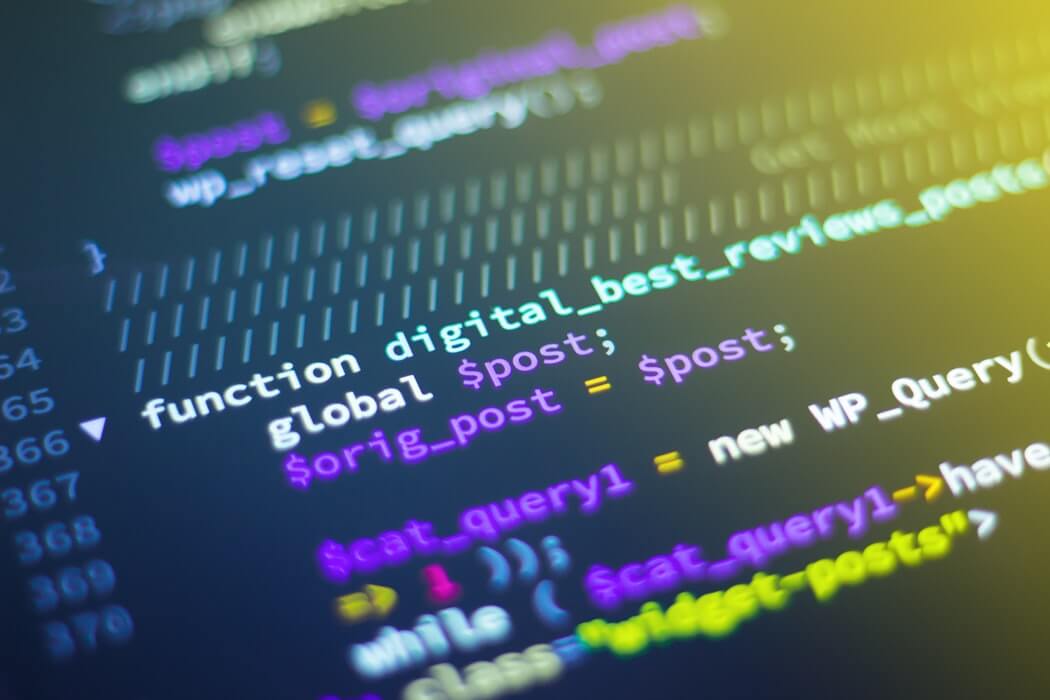Increase productivity with Python and R
While point-and-click software like Excel is easy to learn and great for many common data operations, investing a few weeks to learn to use a programming language like R or Python can enable you to achieve big productivity gains.
Why is it easy to be more productive in R and Python?
Both R and Python have a huge range of functionality available for working with data. They are both able to handle much larger datasets than Excel and perform operations more quickly.
Working with R or Python involves writing code. That can sound daunting but in reality most common data operations are accessed by simply calling a function by name using syntax which is similar to that of Excel functions. If the functionality you need does not exist, you can write your own custom functions.
Rerunning scripts or reusing functions with new datasets can easily save hundreds of hours of manual data processing and analysis time. Automating repetitive processes ensures that exactly the same steps are followed each time and reduces errors. Automation also frees you or your staff from tedious, boring tasks.
An example of code for basic data processing
The following block of R code creates a new dataset (final_data) by manipulating an existing dataset by ordering it, adding four new variables that are functions of existing variables, dropping a column and filtering the results.
final_data <- dataset %>%
arrange(Price) %>%
mutate(lDate = mdy(Date), Month = month(lDate)) %>%
mutate(Profit = Sales - Cost, Margin = Profit/Sales) %>%
select(-Date) %>%
filter(Sales > 0)
This could also be achieved very simply via a point-and-click GUI but would be very time-consuming when done repeatedly. A lot of time can be saved by using R or Python to automate this task.
If the code above is put into an R function, manip_dt, it can be used with any other dataset, e.g. manip_dt(dataset2).
If you have hundreds of files to be processed, the two lines of code below will read in all files from a folder and process them in seconds.
processed_files <-
map(dir(data_folder), read_csv) %>%
map(dir(data_folder), read_csv) %>%
map(manip_dt)
Automation can also be used to extract insights from data through summarising, modelling and visualisation.
Starting out with R or Python
The benefits of learning to use a code-based tool are enormous and go well beyond automation applications. Both R and Python are free and can be used to perform many kinds of analyses not readily available elsewhere.
We understand that taking that first step can be the most difficult so we offer courses that start from the absolute basics. All our R and Python courses come with 12 weeks of ongoing support to help you get started on your own projects. And for those who would like to gain proficiency in a short time, our Certification pathways provide practice exercises, support and feedback to get you working confidently quickly.
Explore R Programming Courses
Explore Python Courses
Explore R Programming Courses
Explore Python Courses

 Australia
Australia New Zealand
New Zealand
 Singapore
Singapore
 Hong Kong
Hong Kong
 Malaysia
Malaysia
 Philippines
Philippines
 Indonesia
Indonesia























